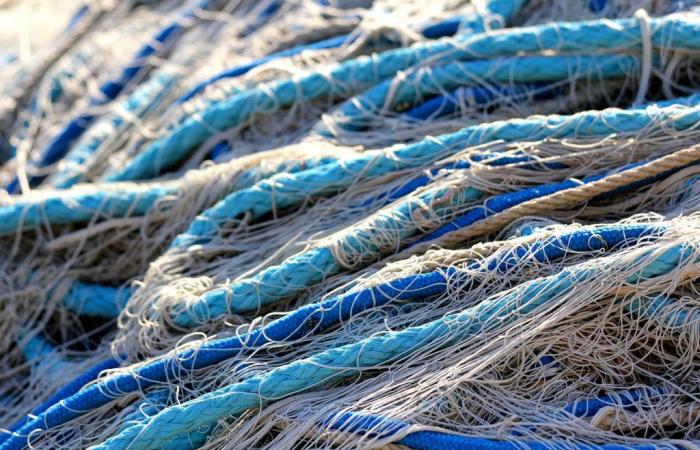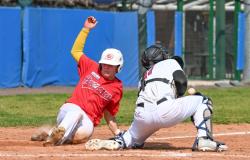
ANCONA – Mucilage has made its reappearance in the waters of the Adriatic. It is “a natural phenomenon, known since the mid-1700s”, explains the professor Gian Marco Luna, director of the Cnr-Irbim Ancona. Mucilages are «polysaccharide aggregates of substances produced by marine organisms, mainly microalgae, which aggregate other planktonic organisms and a variety of organic and inorganic compounds that are typically found suspended in water» he explains, a phenomenon documented for some time, with massive extensions that they reached their peak around the 1990s and 2000s, on the Adriatic and Tyrrhenian coasts.
«My first work as a marine biologist was research on the microorganisms associated with mucilage in the Adriatic Sea – he recalls – when the phenomenon reached significant dimensions in the years between 1990 and 2000, so much so that at the time an important large-scale monitoring was financed national to understand the causes. At the moment the situation is more critical in the Northern Adriatic and in particular in the Gulf of Trieste, We detect them here but the phenomenon has not reached, and we hope it will not reach, such significant dimensions.” The formation mechanism «has not yet been completely clarified by science», continues Professor Luna, but among the conditions favoring the formation of the gelatinous substance there are «the excess of nutrients in the sea, abundant supplies of fresh water, and stratified waters and with high temperatures.” In short, climate change also plays a role.
The director of the Cnr Irbim of Ancona specifies that «they are not dangerous for health, but they can cause damage to the blue economy, primarily to tourism and fishing, because they clog the nets and when the phenomenon is particularly widespread the fishermen can even give up to go out.” Mucilage can also cause problems for the marine ecosystem: if they settle on the seabed, they can create local conditions of oxygen deficiency (defined as hypoxic and anoxic), suffocating and causing the mortality of those organisms that live on the seabed, including for example sponges and bivalve molluscs such as mussels and clams.
Doctor Gianluca De Grandisthe regional marine monitoring representative for Arpa Marche, explains that from observations conducted at all the monitoring network stations, the Regional Agency for Environmental Protection has detected “the presence on the surface and near the coast of some streaks” of mucilage. “We have investigated further with some dives – continues the Arpa Marche expert – and verified the presence, along the Marche coast, of flakes of mucilage, from 2 to 5 centimeters along the entire water column”.
«Diffuse and non-aggregated material – he continues – which in some bays, following storm surges and winds, can cause local accumulations». At the moment, he adds, «we are not alarmed, but we continue to monitor the situation in coordination with the other environmental agencies in the northern Adriatic, where the phenomenon has always been historically more important. At the next monitoring, scheduled for the first days of July, we will verify the effects of the storm of recent days” concludes the expert.





